Removal Procedure
Caution: Refer to Approved Equipment for Collision Repair Caution in the Preface section.
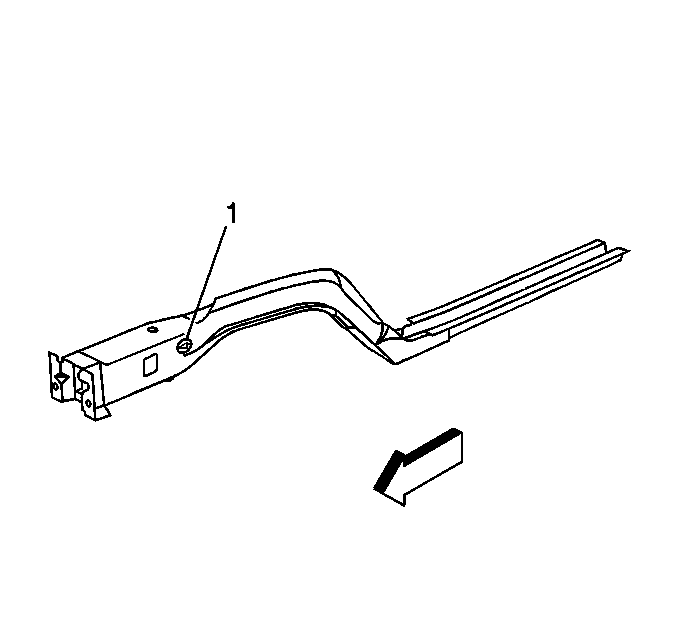
Important: Sectioning procedures have been developed to simplify repair of the lower rails, providing the majority of the damage can be returned to factory specifications. This allows the damaged front section to be replaced without performing a full rail replacement. The rails are manufactured with diemarks (1) inboard and outboard to indicate the location for the sectioning joint.
Notice: Sectioning should take place only in the locations recommended in the service instructions. Failure to follow these instructions may compromise the structural integrity of the vehicle.
Important: If the damage exceeds the recommended area for sectioning and the rail cannot be straightened, the complete rail must be replaced.
- Support the powertrain assembly.
- Remove 4 engine cradle bolts.
- Position the cradle away from the rail.
- Remove all panels and components necessary for access, including the strut and axle assemblies.
- Remove sealers and anti-corrosion materials as necessary.
- Locate the diemarks in the rail.
- Use a straight edge to scribe lines around the rail.
- Mark and cut the damaged rail at the diemarks.
- Remove the damaged section of the rail.
Important: It is not necessary to completely remove the powertrain or engine cradle for rail sectioning.
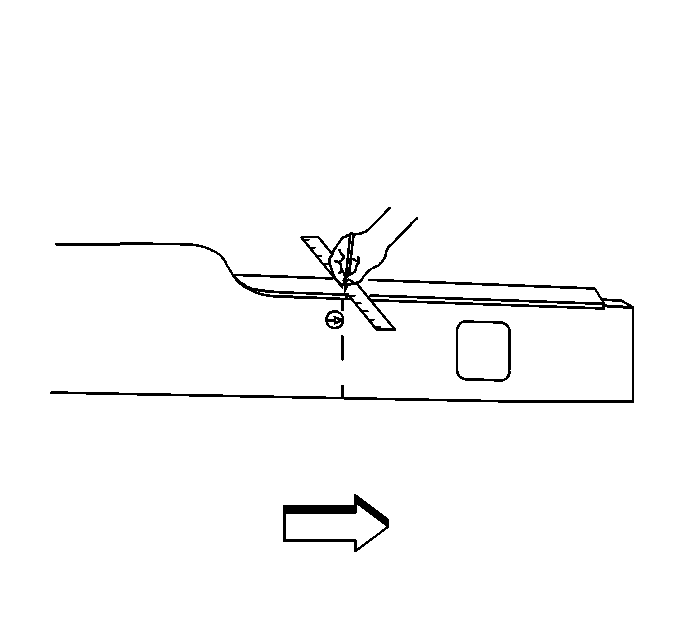
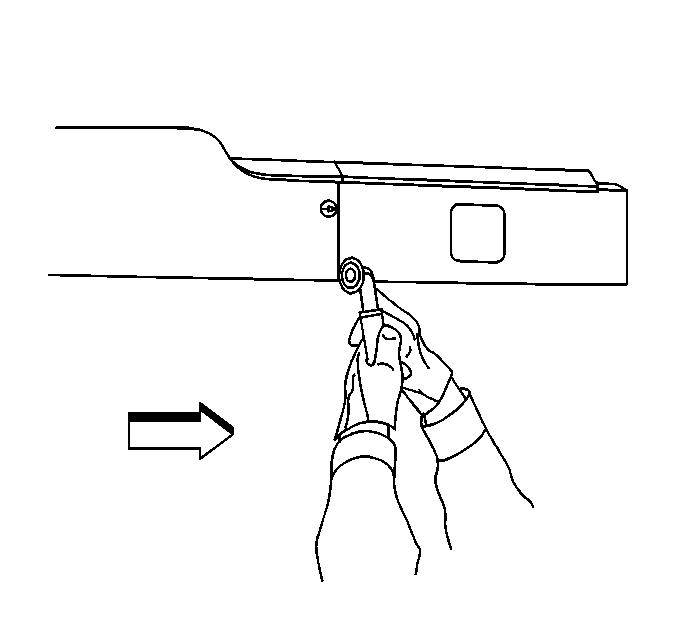
Installation Procedure
- Measure from the diemarks to add 20 mm (3/4 in) in length to the service part.
- Align marks with a straight edge and scribe line for sectioning cut.
- Cut the service part along the marked lines.
- Leave 20 mm (3/4 in) added lengths to the service part for sectioning overlap.
- Cut and remove approximately 20 mm (3/4 in) of the outboard and downward turned flanges of the service part.
- Cut 5 mm (3/16 in) wide and 20 mm (3/4 in) long slots along the corners of the service part to create tabs on the four sides of the rail.
- Step the top, bottom and side tabs inward to allow the service part to fit inside the original rail.
- Apply 3M Weld-Thru Coating P/N 05916 or equivalent to all mating surfaces.
- Welds the tabs (1) together along the corners of the service part.
- Drill 8 mm (5/16 in) plug weld holes in the top, bottom and sides of the original approximately 10 mm (3/8 in) from the sectioning cut.
- Clean and prepare the mating surfaces as necessary.
- Position the stepped tabs of the modified service part inside the original rail. Allow 20 mm (¾ in) of overlap.
- Align and check fit using three dimensional measuring equipment.
- Plug weld accordingly.
- Check measurements frequently to ensure proper fit and alignment.
- Stitch weld along the entire sectioning joint.
- Make 25 mm (1 in) welds along the seam with 25 mm (1 in) gaps between them.
- Go back and complete the stitch weld. This will create a solid joint with minimal heat distortion.
- Clean and prepare welded surfaces.
- Prime with 2-part catalyzed primer.
- Apply sealers and anti-corrosion materials as necessary.
- Install all related panels and components.
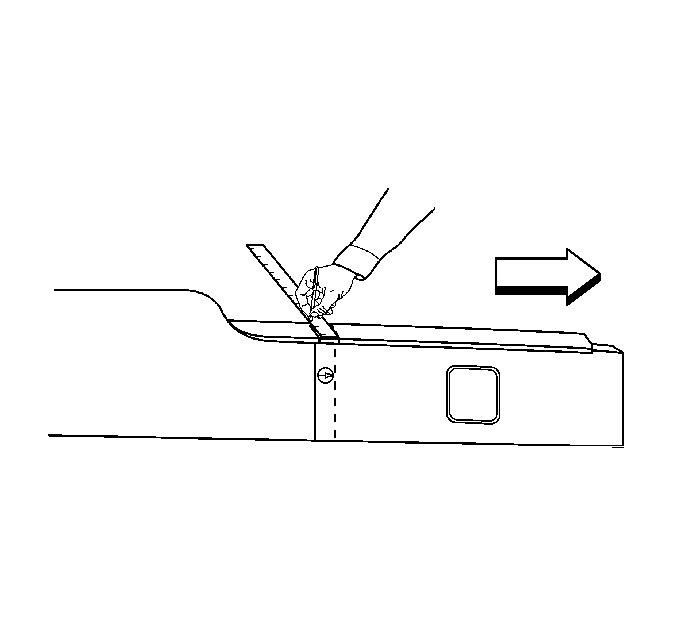
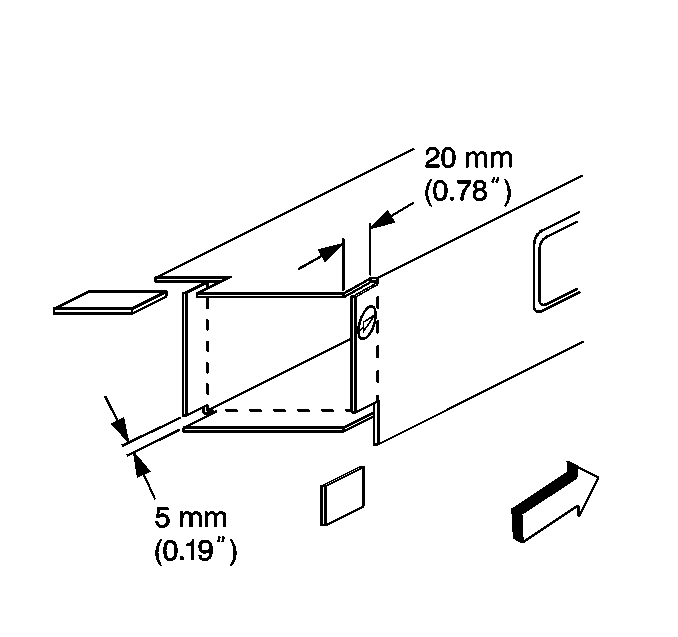
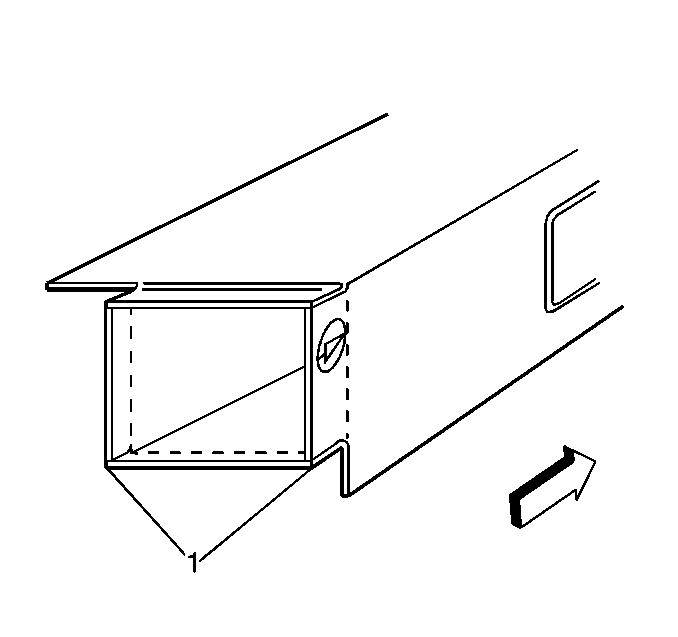
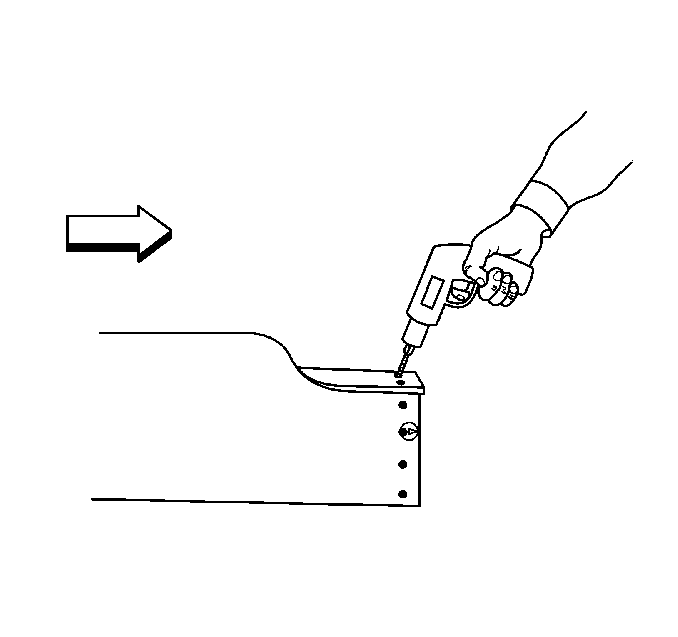
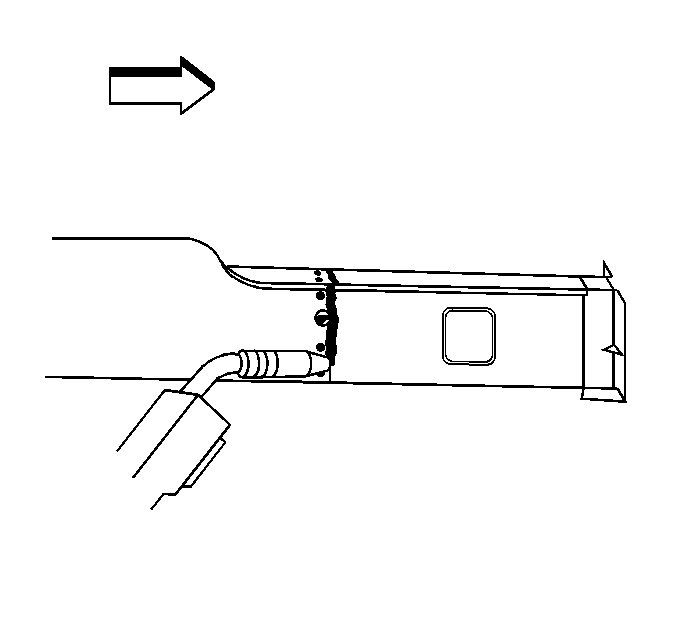
Important: Prior to refinishing, refer to GM 4901MD-99 Refinish Manual for recommended products. Do not combine paint systems. Refer to paint manufacturer's recommendations.
